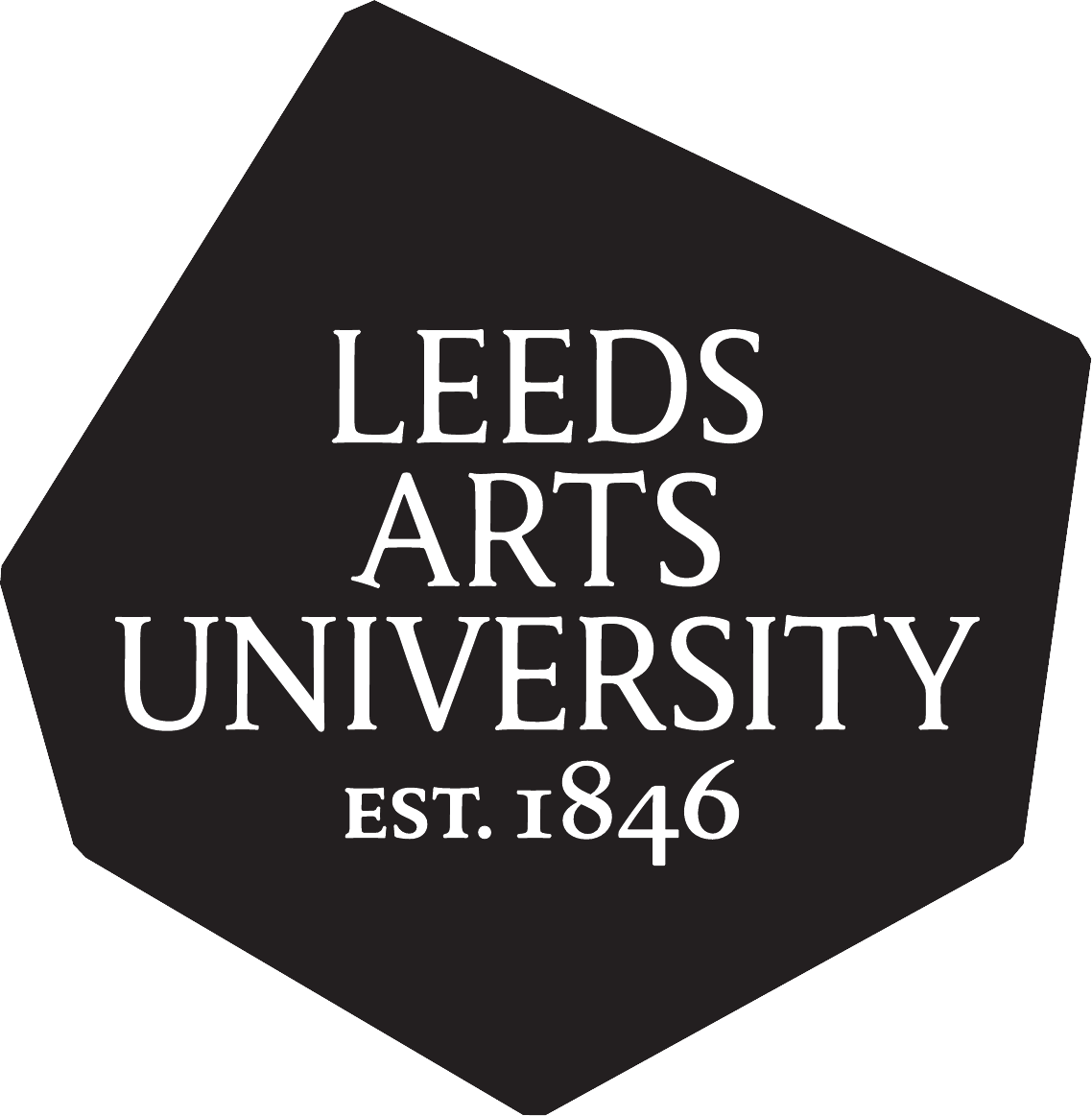Challenging the cult of normalcy: art education and transdisciplinary practices
Tobias-Green, Karen 
Abstract
I am interested in art education as a transdisciplinary practice which embraces a variety of mediums and world views and in how, through transdisciplinarity, art education challenges the cult of normalcy. The normalisation of the individual is, I suggest here, a limiting, destructive and pedagogically unsound basis from which to pursue any kind of education and particularly one where the contribution of the individual is as central as it is in art education. I argue here that the adoption of a transdisciplinary practice can be liberating on a personal, an artistic and pedagogic level. This notion of not normal or abnormal suggests that the mind and body I live in (and that you live in) are not ‘good enough’ because they may not fit the confines created for them. Foucault (1977) would argue in fact that the discourse around normalcy causes the internalisation of the concept of normalcy. This ‘normalizing judgement’ (Foucault 1977: 117) brings about not only obedience but adaptation. The internalisation of normalcy inflicts macro and micro penalties. The confines of normalcy imprison us and disability becomes pathologised. Goodley describes Disability Studies as A broad area of theory research and practice…antagonistic to the popular view that disability equates with personal tragedy (Goodly 2011: xi) Instead, he says, it is A paradigm shift; from disability as personal predicament to disability as social pathology [and] it places problems of disability in society (ibid). The body is a contested space. It is where disability and education take place. ‘There is an intimate and necessary relation’, says Dewey ‘between the processes of actual experience and education’ (Dewey 1938: 20). My research uses narrative inquiry which allows for the voice of the interviewee to interpret their education. Milchalko (2002) and Titchkosky (2011) talk about binary opposites. Like process and experience, ‘blindness and sightedness rather than existing as binary opposites, act together to achieve a sense of reality’ (Milchalko 2002: 27). Art education and disability studies can provide a space for manifesting this, a way of breaking down mind/ body; able /disabled ways of thinking, for challenging what Titchkosky (2011) calls the absent presence of disability. As a Senior Lecturer in Language Development and Research Methods at Leeds College of Art, a specialist visual arts institution in the north of England, I initially and primarily worked with students who are dyslexic. I now work across undergraduate and post graduate programmes with a wide range of visual arts students, developing writing as part of a creative practice. My PhD studies use narrative inquiry to examine the writing lives of art students with dyslexia and I am now interrogating how transdisciplinarity can promote inclusivity, as well as holding notions of inclusivity up to question if its binary opposite is exclusivity.
Actions (login required)
 |
Edit Item |

